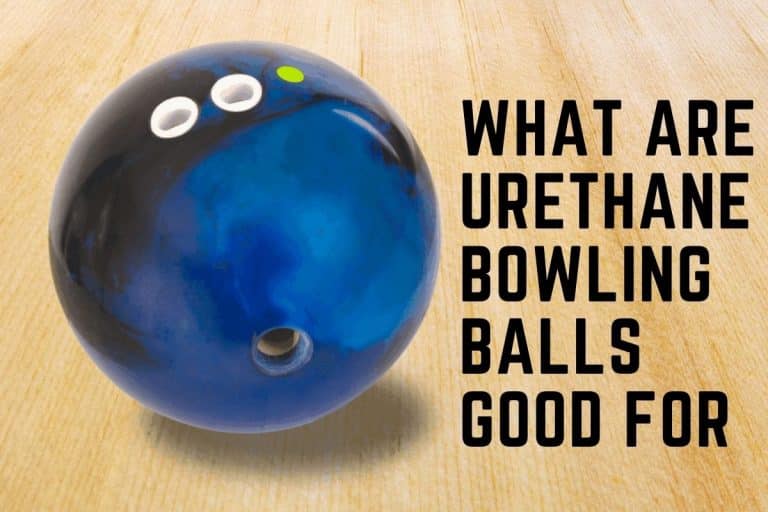How to Curve a Bowling Ball: Spin or Hook?
When you release a bowling ball down the alley, it typically starts straight, but it will begin to curve if all conditions are right. So what makes it curve? Read on to learn more.
When you release a bowling ball from your hand, it starts spinning. The continuous spinning of the ball creates centrifugal force. This force (centrifugal) prevents the ball from moving forward, causing it to veer off course. The magnitude of the curving will depend on the amount of spin you will apply on the ball and how fast you’ll release the ball.
Benefits of Curving Your Bowling Ball
Almost every professional bowler hooks their ball and here are the top reasons;
- Curving the ball improves your chances of knocking down more pins than a straight ball would do.
- It gives you more control over the ball, allowing you to choose an angle for more strikes.
- Hooking the ball gives it more power to knock down the pins, increasing your chances of hitting more pins.
Even though hooking the ball has several advantages, it’s a tough approach and it requires more effort and years of practice. Nevertheless, it’s doable;
How to Curve a Bowling Ball
As a beginner, you might find it difficult to curve a ball. But with regular practice, you can curve it like a pro! Here are easy tips to follow;
Step1: Select the Right Bowling Ball
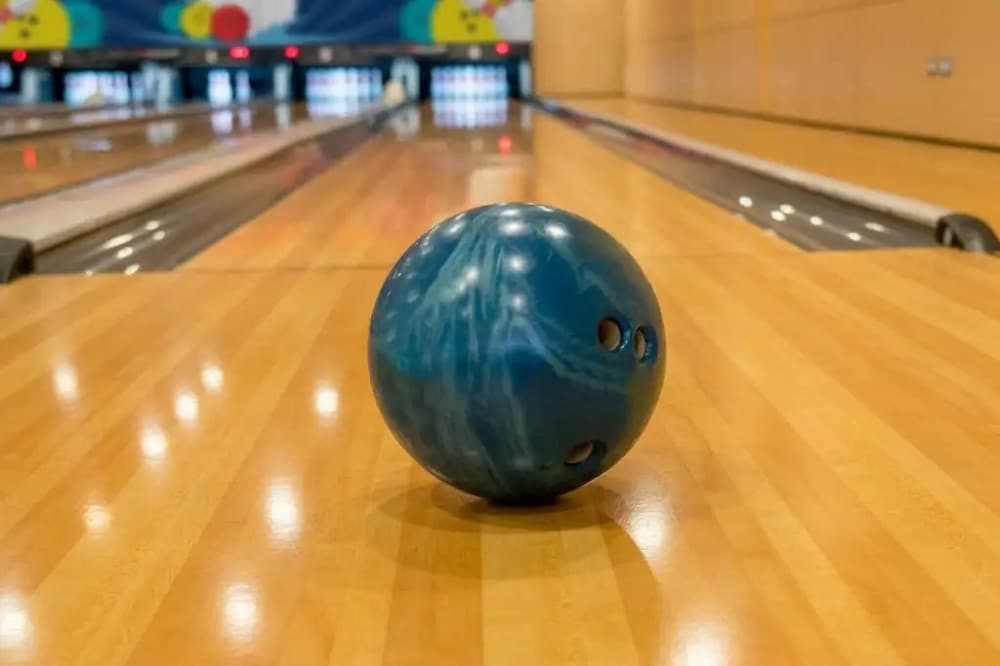
Bowling balls are made from different materials and come in different sizes and weights. Thus, some balls might be suitable for beginners, and some are not. That is why beginners must choose a ball that fits them, a ball that is not too light or too heavy.
The general rule of thumb is to choose a ball that weighs around 10% of your weight.
Step2: Concentrate on the Arrows and Not the Pins
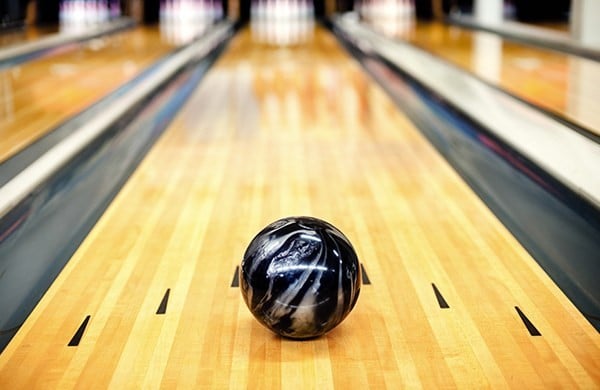
When you are about to throw the ball, focus on the arrows on the bowling lane instead of the pins. At the throwing point, the arrows are closer to you than the pins at the far end. Thus, it will be easier to aim the arrows than the pins. Besides, the arrows are designed to help you know where to position yourself.
Step3: Work on Your Releasing Techniques
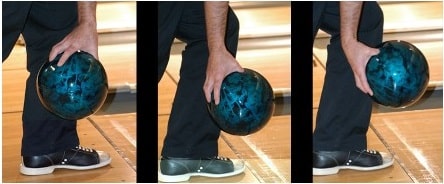
And here’s how to go about it;
- Get a good grip from the start: Your middle and ring fingers will go into the holes next to each other. At the same time, your index and thumb fingers will be lying at the top of the ball. Such a grip gives you more control over the ball, making it easier to release the ball accurately.
- While holding the ball, maintain a straight wrist: As you swing the ball just as you do ordinarily, maintain a straight wrist. A straight wrist helps you shoot the ball with extra power and accuracy.
- Pay attention to your thumb as you swing the ball forward: When you realize you’re getting to the lowest point of the swing, release your thumb. Doing so will give the ball more spins, which are crucial for curving the ball.
- Let your wrist power the ball: Throwing the ball from your wrist gives you more energy to release as you maintain control over it. Sway your arm forward, and as you release the ball, slightly spin it upwards using your two fingers (middle and index) and gently to the side. At the end of the release, your fingers should be on the side of the ball.
- Now watch the ball rolling: The ball will spin in a straight path before it starts curving as it approaches the end of the lane.
Step4: Work on Your Releasing Speed
The extent of your bowling curve depends on your release speed, timing, and positioning. Releasing the ball too early will give you a gentle curve while releasing it too late will result in a shaper curve.
Step5: Do Practice
Doing practice is the best way to learn how to curve a bowling ball. The more you practice, the better you become.
Factors That Determine How the Bowling Ball Curves
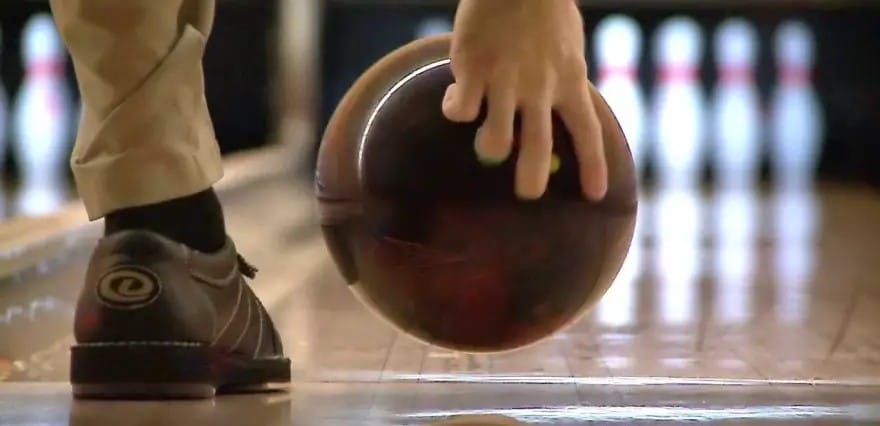
Spinning the ball is not the only thing that makes the bowling ball curve along the alley. Here are other factors that influence how the ball will curve;
1. The type of ball you’re using: Some balls tend to hook more than others. For instance, reactive balls offer more hooks than urethane and plastic balls. Therefore, it’s easier to achieve a good curve when using reactive balls without spinning them much.
2. The lane conditions: Bowling balls tend to hook more when the lanes are dry than when they are oily. The latter condition makes them curve less.
3. Weight of the ball: Weighty balls curve more than lighter balls.
4. Your bowling style: Bowlers use different styles; some naturally put more spins on the ball, while others won’t. For beginners, work on putting more spins on the ball to achieve a good curve.
How to Avoid Curving Your Bowling Ball
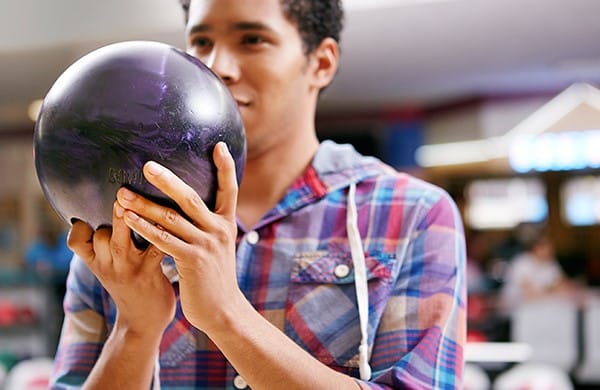
Despite the many pros of curving a bowling ball, some bowlers still prefer a straight ball which is perfectly okay! Here are tips to help you keep your bowling ball from curving;
- Use a lighter ball, as heavier balls are likely to curve.
- Look out for balls with less hooking potential. Plastic balls are less likely to hook compared to urethane and reactive balls.
- Reduce your wrist movements when releasing the ball. More wrist movements when releasing the ball increase the possibility of achieving a curve. To minimize the curvings, maintain your wrist as still as possible.
- Change your bowling release. Use your ring and middle fingers to push off the ball from the bottom rather than releasing it with spins. This move will make the ball go straight.
If you love bowling straight, practice the points above, and you’ll start noticing that your balls are going straight!
What material for bowling is suitable for curving?
There are several different types of coverstocks used on curve bowling balls, including reactive resin, particles, and urethane. Reactive resin is the most popular coverstock for curve bowling balls because it creates a strong hook and is very versatile. Particle coverstocks are also popular because they can create a lot of hooks, especially in oily lane conditions. Urethane coverstocks are less hooking than reactive resin and particles but can provide a more predictable hook.
Curve the Bowling Ball or Keep it Straight?
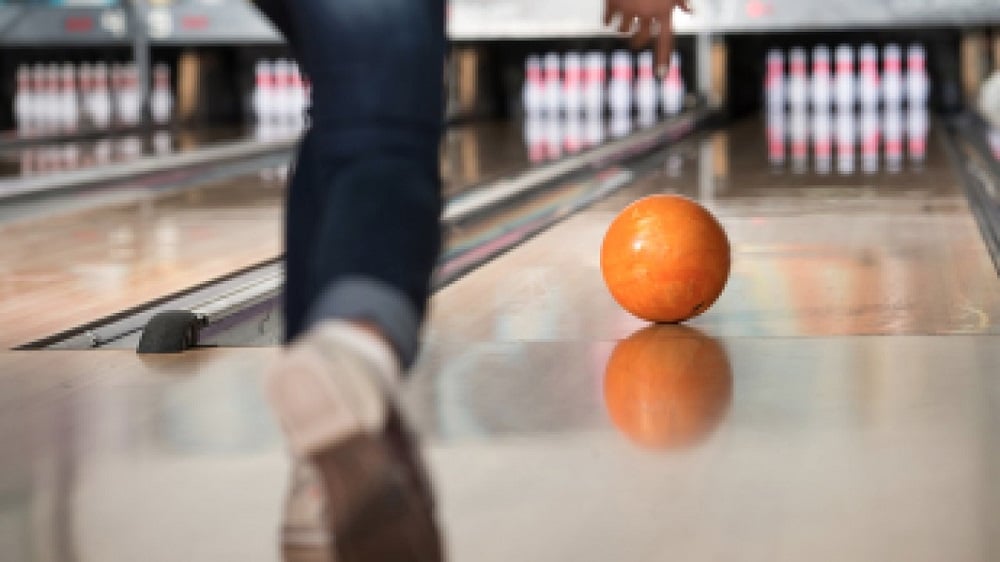
This depends on your bowling style and your comfort. However, for beginners, you should start bowling straight; curving the ball requires more practice. As you progress, start implementing the tips above to help you learn how to curve a bowling ball.
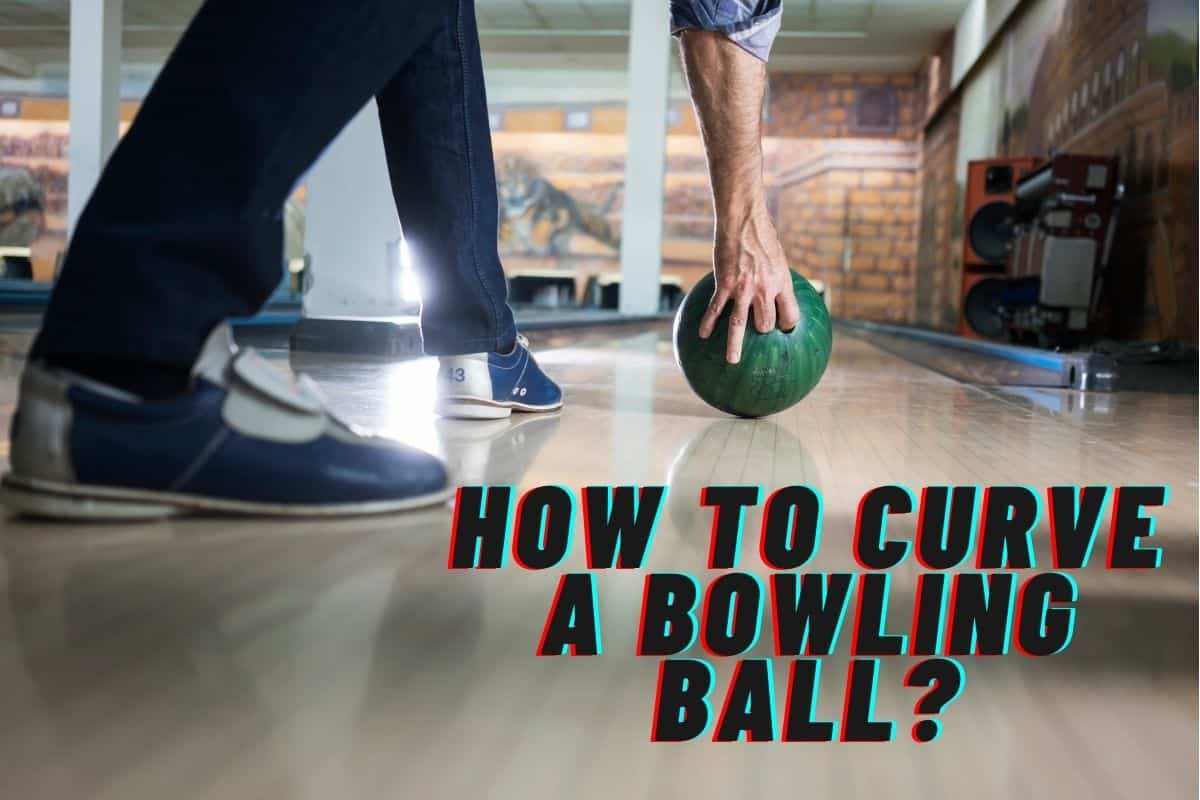
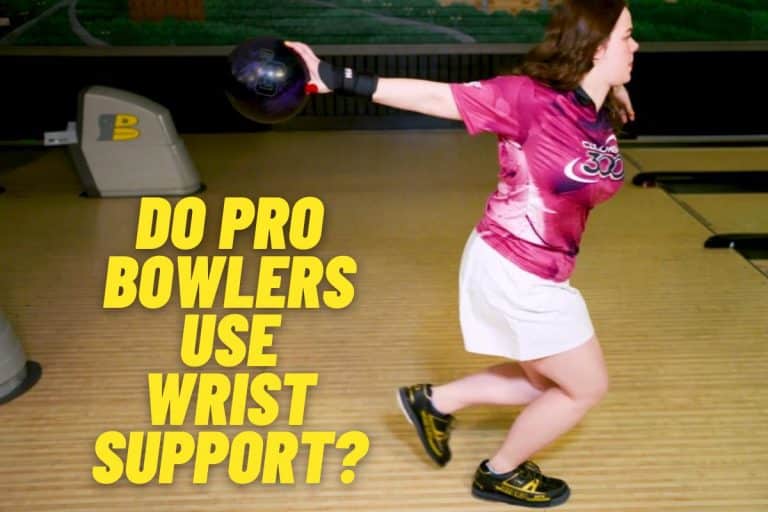

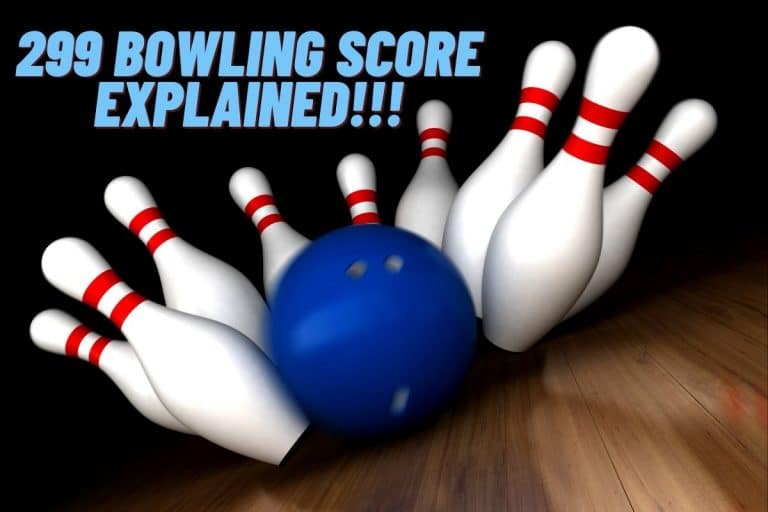
![Homemade Bowling Ball Cleaner [5 DIY Recipes]](https://www.bowlingknowledge.com/wp-content/uploads/2023/02/Homemade-BowlingBall-Cleaner-768x512.jpg)
![Bowling Gloves [All You Need to Know]](https://www.bowlingknowledge.com/wp-content/uploads/2023/02/Bowling-Gloves-768x512.jpg)
